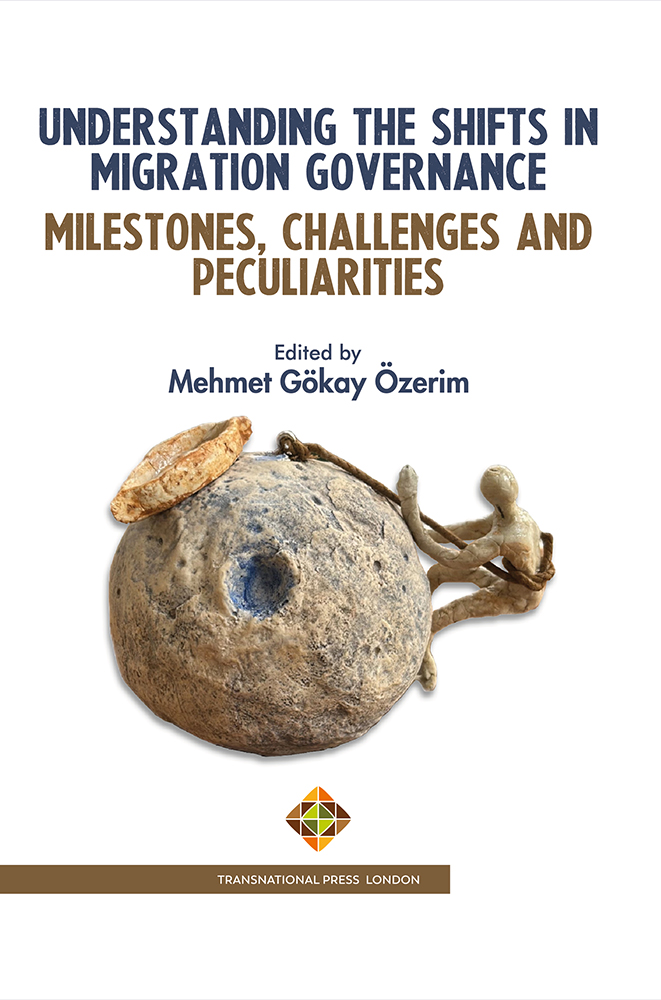Costa Rica: A Brief Discussion on The Country’s Migration Policy and Migration Governance
Costa Rica: A Brief Discussion on The Country’s Migration Policy and Migration Governance
Author(s): Felipe Antonio Honorato
Subject(s): Migration Studies
Published by: Transnational Press London
Keywords: Costa Rica; Brief; Discussion; Country; Migration Policy; Migration Governance;
Summary/Abstract: Costa Rica is a small nation, in territorial terms, located in Central America. Up to its north, the country borders Nicaragua, and in the south Costa Rica borders Panama (Enciclopédia Latino-Americana, n.d.). San José, in the Central Valley, is its capital, biggest and most important city. Cristopher Columbus arrived in the region that now corresponds to the Central American nation in 1502, but just 61 years later Cartago village was established (Enciclopédia Latino-Americana, n.d.). Distinguishing itself from most of its neighboring countries and from Latin America in general, in Costa Rica the Spanish colonization didn’t find too much mineral richness, especially gold and silver (Enciclopédia Latino-Americana, n.d.); Also, the nation was far from being one of the main Atlantic traffic destinations, receiving many less African black enslaved than Cuba, Sain Domangue, Brazil or the United States, for example. Cartago village was distant from Guatemala, its colonial political division center, which gave the region certain independence from Madrid’s rule. All this mixture of factors ended up shaping “the profile of the ancient Costa Rican societies”: easy access to land and low inequality within their members (Enciclopédia Latino-Americana, n.d.). Other characteristics that marked the colonial period in present-day Costa Rica are: the scarcity of indigenous population controlled through the encomienda (a legal institution implemented by Spain in America to regulate relations between Spaniards and Indians), the repartimiento (distribution of land and houses among those who helped in the conquest), and the particular ways under which trade developed in the territory.
Book: Understanding the Shifts in Migration Governance: Milestones, Challenges and Peculiarities
- Page Range: 152-168
- Page Count: 16
- Publication Year: 2024
- Language: English
- Content File-PDF

